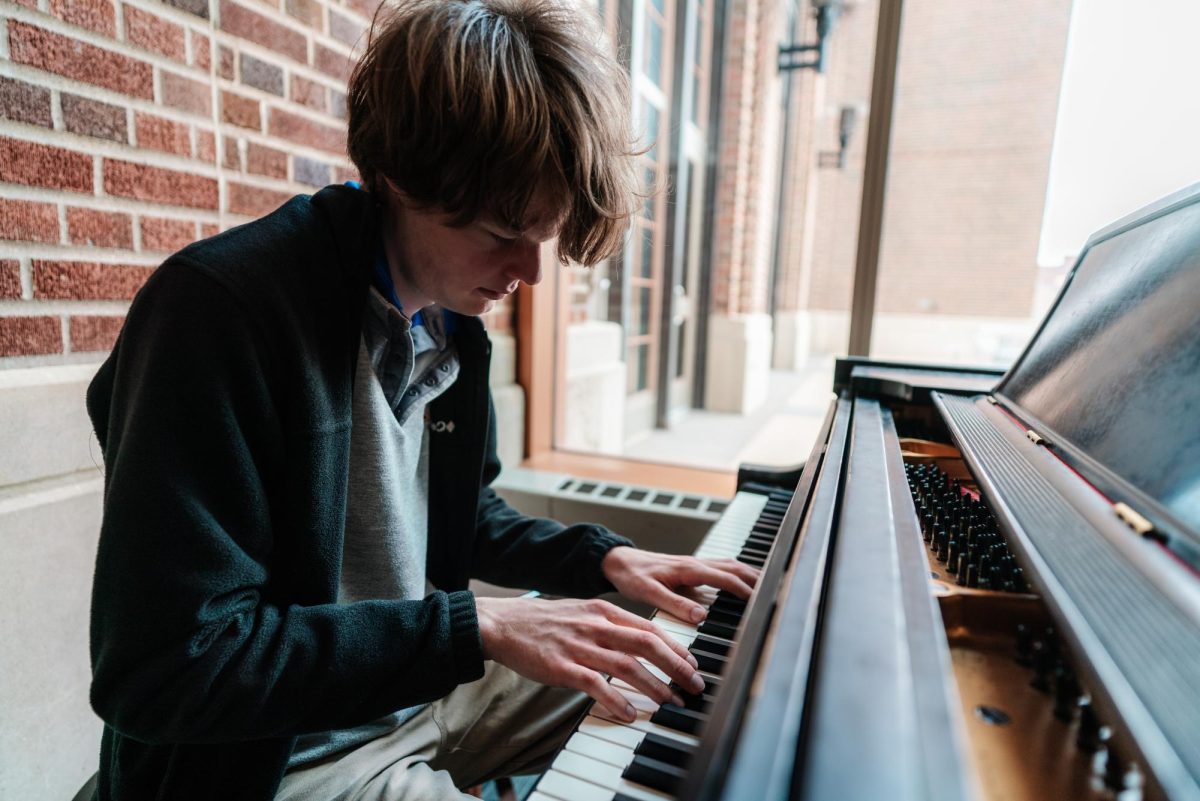David SteinmanâÄôs transition to the University of Minnesota has been mainly smooth, but he wishes a few things could have been different.
As a transfer student from the University of Wisconsin-Madison, coming to a campus as big as Minnesota wasnâÄôt the issue for Steinman. He got into most of the classes he wanted and is âÄúexcited to be a Gopher,âÄù primarily because it means being closer to his hometown of Hopkins, Minn.
Becca Corness, a senior who transferred from the University of Colorado at Boulder two years ago, cites similar reasons for returning to Minnesota for the remainder of her collegiate career. Boulder was too expensive, and she liked being closer to home.
When Corness transferred to the University, she took an online orientation and a half-day program on campus. For her it just wasnâÄôt enough.
âÄúIt should have been a whole day, because I didnâÄôt really feel like I learned a lot,âÄù she said. âÄúI feel like they could have given us a lot more information.âÄù
Information on the Campus Connectors and city bus system could easily have been integrated into the half-day event, she said.
For transfer students like Steinman, the process is slightly different than what Corness went through. Steinman came to campus for an all-day event, which he said lacked critical information, including ways to get involved, such as student groups.
Steinman says heâÄôs gotten e-mails about meeting other transfers but would like to be able to get involved with the whole student population.
Current and recent transfer students have one-day campus programs available to them, but this summer 80 percent chose to go through the online version of orientation.
Having the online option is convenient for transfer students who already have at least some college experience under their belt, Robert McMaster, vice provost and dean of undergraduate affairs, said.
âÄúI think many of them feel they just donâÄôt need to be on campus to learn whatâÄôs going on here and they can get that through the online version,âÄù he said.
For new students in the fall there is a much larger program known as Welcome Week, which McMaster said is âÄúpretty much obligatoryâÄù for incoming first years.
âÄúWe talked with transfers a few years ago about a Welcome Week-like experience, and most of them didnâÄôt want that; they didnâÄôt want two or three days on campus,âÄù he said. âÄúThey felt they didnâÄôt need it.âÄù
Transfer students a âÄòcritical part of admissionâÄô
The amount of money spent on the integration and orientation process for both spring and fall transfer students at the University is significantly smaller than what is spent on Welcome Week.
The University spends $150,000 on transfer student orientation programs throughout the year. By contrast, it spends nearly $1.2 million on Welcome Week, a number McMaster said would be much larger if it werenâÄôt for the 400 volunteer Welcome Week leaders and sponsorship the University seeks for the program.
Other colleges and universities across the Big Ten work with their transfer students similarly.
Northwestern University offers an entire week of orientation programming open to all new students in the fall.
The college also provides transfer students with peer advisers who are there to help the students with any questions they might have, said Josh McKenzie, assistant director for orientation and parent programming at Northwestern. The transfer peer advisers are paired with one or two students and are available to them throughout the year, he said.
Unlike many schools in the Big Ten, the University of Michigan has a required transfer student orientation. Similar to Northwestern, the University of Michigan offers a peer advising program that is optional for transfer students and still relatively small because it is only in its second year of operation, said Erika Johnson, assistant director at the Office of New Student Programs at the University of Michigan.
Across the Big Ten, schools offer larger programs in the fall than prior to the beginning of spring semester.
Kasi Jones, who coordinates orientation at Purdue University, said her school offers both fall and winter programs. The fall program, the larger of the two, separates first-time college students from transfer students but offers many of the same activities to the two groups.
McMaster said the University has emphasized acclimating transfer students through access to the courses they need and overall activities on campus.
âÄúWhatâÄôs really key, from my perspective, is sort of the renewed emphasis on transfer students,âÄù he said. âÄúThey are a critical part of admission at the University.âÄù
Transfer Student Group, led by psychology junior Ashley Kaser, was formed two years ago. It offers students a chance to get to know other transfer students and talk about their transition, Kaser said.
The group hosts a coffee hour from 10 a.m. to noon every Wednesday in Coffman Union.
Kaser said sheâÄôs pleased with transfer studentsâÄô response to the program.
âÄúWe have a ton of transfer students that will come out, especially to the coffee hour,âÄù she said.
For Corness and Steinman, the group has made coming to the University a little easier.










